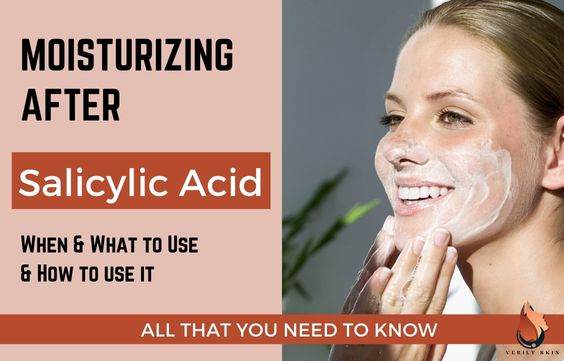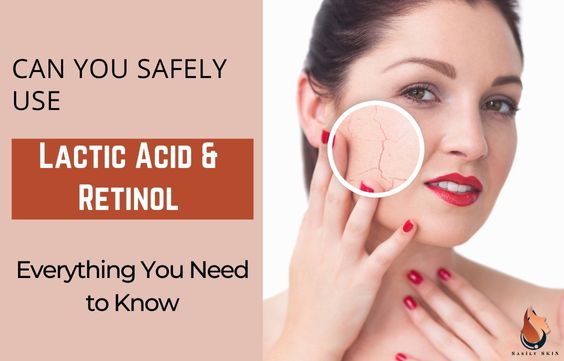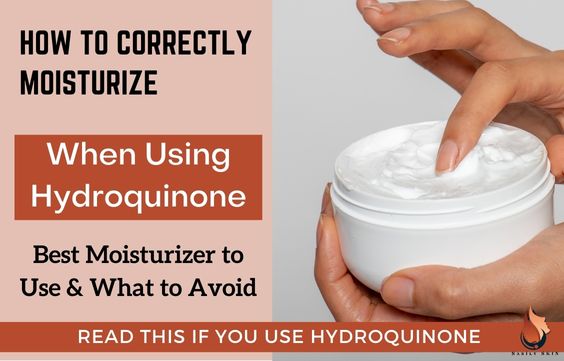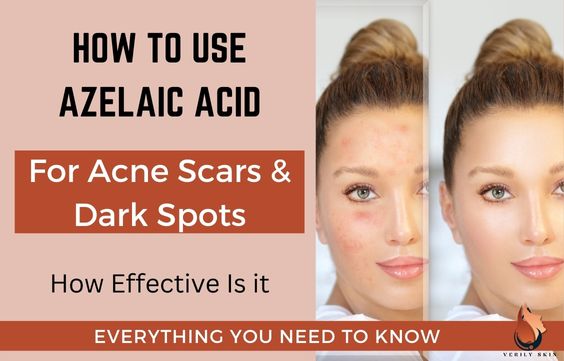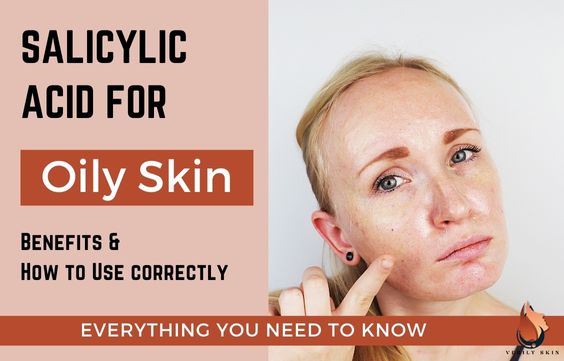Tretinoin for Oily Skin – How to Use, Benefits & Risks
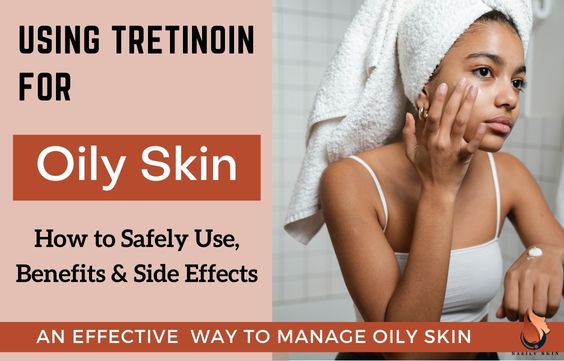
Tretinoin and retinoids are the holy grail when it comes to treating texture, hyperpigmentation, and big pores on the skin. But how effective is it for oily skin? Does it make the skin less or more oily?
Does Tretinoin Help Oily Skin
Yes, it does. Tretinoin reduces the number of dead skin cells clogging pores and minimizes the pores themselves which reduces the production and presence of sebum (oil) on the skin.
You might hear some people say that tretinoin “blocks oil”. This simply means that it lessens the amount of oil that your skin produces and stores in the skin.
This is very beneficial for those who are acne-prone and have very oily skin which makes acne a constant worry.
Tretinoin’s ability to get rid of dead skin cells also means that your pores are less likely to become clogged (pores become easily clogged when the skin is oily and has lots of dead skin cells sitting in the pores, which causes painful breakouts).
Finally, one study confirms that pore size is directly related to the amount of sebum your skin produces. Therefore, the smaller your pores are, the less oily your skin will be. Tretinoin minimizes your pores!
Related Articles-
5 Best Oils to Use with Tretinoin & How to Use Correctly
Tretinoin for Hyperpigmentation: How To Use & Is it Good
How To Use Tretinoin For Oily Skin
If you are thinking about using tretinoin for oily skin, I recommend that you consult a dermatologist or skincare professional first.
Remember that tretinoin is a potent form of retinol or Vitamin A. It is absorbed much more deeply into the skin than less potent versions of this vitamin. It also causes more side effects if used incorrectly.
Your skin may also not be oily because of the reasons you think. It is best to have professional asses your skin to ensure that tretinoin is your best bet.
If you decide to use tretinoin for your oily skin, here are a few tips to follow:
- Start with a low concentration. Your skin will need time to adjust to the treatment and may have some bad reactions. To best prevent this and ease your skin into the treatment, start with the lowest possible effective concentration of tretinoin (usually 0.01%).
- Start by applying it infrequently. This means that you should start by applying tretinoin 2-3 times a week. This technique will give your skin time to adjust in between applications without overloading it and causing irritation.
- A little goes a long way! You do not need to apply a lot of product to your skin. Remember that tretinoin is more deeply absorbed and is more potent!
Related Articles –
How to Moisturize When Using Tretinoin – What to Do & Use
Tretinoin for Dark Underarms: How to Use Safely & Benefit
Video: Dr. Jenny Liu – How a Dermatologist Applies Tretinoin/Retinoids
- As your skin becomes used to the treatment, you can gradually increase the frequency of application. You will eventually be able to apply it daily.
- If your routine and concentration work for you, stick to the treatment. However, you can change it up if needed. If your skin is still too oily and you are not having side effects, you can gradually increase the concentration you are using. You may need to adjust how often you use the new concentration of tretinoin again until your skin adapts well enough.
- Pay attention to your skin for side effects. If it starts to look red or too dry, or if it starts cracking and peeling, you should stop the treatment and seek professional medical advice.
- Do not apply tretinoin during the day, especially if you are going out. Tretinoin thins your skin and makes it more susceptible to sun damage. Instead, keep your skin moisturized and protected from the sun.
- Apply tretinoin at night, before bed. After you have cleansed your skin and before you moisturize, apply your tretinoin and let your skin relax as you sleep.
- Always use SPF, even though you are not applying tretinoin during the day. This will keep your skin protected.
- If you have had procedures like micro-needling done on your skin, be cautious about using tretinoin too soon. Click here to read more about Tretinoin After Microneedling – When & How to Use
- If topical tretinoin does not help your oily skin, seek medical help. Your dermatologist may need to assess what is causing your oily skin and maybe you will need to be given iso-tretinoin (an oral medication that is a form of tretinoin that inhibits our oil glands when digested).
Related Article – Tretinoin For Under Eye Circles & Wrinkles: What to Know
Side Effects Of Using Tretinoin For Oily Skin
Using tretinoin for oily or acne-prone skin can be beneficial when used correctly for a specific person. However, side effects are still possible and may include:
- Burning or itching
- Peeling or redness
- Unusual dryness
- The area is warm and tender to the touch
- The skin turns a lighter color at the area where tretinoin was applied
If these symptoms get worse or do not stop, stop using tretinoin and seek medical help.
Related Article – Tretinoin for Stretch Marks: Does it Really Work & Risks
Frequently Asked Questions (FAQs)
How long does tretinoin take to treat oily skin?
It can take up to 12 weeks (3 months) of consistent use to see a significant difference in the oiliness of your skin.
However, this will depend on what is causing your oiliness, the severity of your oiliness, the concentration of tretinoin you are using, the frequency of application, and your skin’s reaction to the treatment.
How do I get a tretinoin treatment for oily skin?
In most places, tretinoin is a prescription treatment, even the low concentrations.
This means that you would have to see a dermatologist and have him/her prescribe tretinoin for you. After that, you can take your prescription to the pharmacy to have it filled.
Does tretinoin increase sebum?
Tretinoin does not increase sebum (oil) on the skin.
Instead, it is known to lessen the amount of oil your skin produces. If used too much, it can cause your skin to become too dry. So, even if you have oily skin, moisturizing well is a big deal when using tretinoin.
Related Article – Tretinoin After Microneedling – When & How to Use
Sources:
Oily Skin: A review of Treatment Options – PMC
What Are The Best Ingredients For Oily Skin?

